Художественный музей Кансон (Павильон Похвагак в Сеуле) (간송미술관(서울 보화각))
14.9Km 2025-07-09
102-11 Seongbuk-ro, Seongbuk-gu, Seoul
Художественный музей Кансон - первый частный арт музей в Корее, открытый в 1938 году под названием "Похвагак", где собраны различные произведения искусства, большинство из которых зарегистрированы как "национальные сокровища". Все они являются предметами частной коллекции известного корейского педагога и общественного деятеля Чон Хёнпхиля (1906 - 1962), известного под псевдонимом Кансон, которую он собирал на протяжении всей жизни. В 1966 году название музея было изменено на нынешнее, в честь основателя. Похвагак был признан объектом культурного наследия и внесен в реестр национальных памятников 30 декабря 2019 года.
В период японской оккупации Кансон стремился сохранить выдающиеся произведения корейской культуры. Он собирал, изучал и оберегал культурные реликвии, чтобы передать будущему поколению представление о подлинной красоте и ценности корейского наследия. Сейчас в музее хранится 11 Национальных сокровищ и 22 предмета, признанных ценными культурными реликвиями.
Музей естествознания Содэмун (서대문자연사박물관)
15.3Km 2024-07-25
51, Yeonhui-ro 32-gil, Seodaemun-gu, Seoul
+82-2-330-8899
Музей естествознания Содэмун, открывший свои двери в июле 2003 года, предоставляет всем детям прекрасную возможность познакомиться с законами природы и узнать о том, как развивается окружающий мир и что должен делать человек, будучи частью этого мира, чтобы сохранить природные богатства. Музей естествознания располагает регулярной экспозицией, а также ежегодно проводит до 100 разнообразных тематических выставок. Этот музей является популярным местом проведения обучающих экскурсий для школьников, а также местом семейного отдыха и досуга, как для жителей, так и для гостей Сеула. Кроме того, сюда часто приезжают иностранные делегации с целью осуществления обмена опытом. На каждом этаже музея расположены различные тематические выставочные залы, что позволяет посетителям легче ориентироваться на месте.
Библиотека художественной литературы Чхонун (청운문학도서관)
15.4Km 2023-08-23
40 , Jahamun-ro 36-gil, Jongno-gu, Seoul
Лесной парк линии Кёнисон (Парк Йонтрал) (경의선숲길(연트럴파크))
15.5Km 2023-08-11
133 , Donggyo-ro 51-gil, Mapo-gu, Seoul
Лесной парк линии Кёнисон - это линейный городской парк, расположенный в округе Мапхо-гу, также называемый парком Йонтрал. Участки Тэхын-дон, Йоннам-дон, Сэчханкогэ, Чханчжон-дон, Синсу-дон и Вонхё-ро были открыты поочередно. Это парк, созданный поверх железной дороги линии Кёнисон, а железная дорога аэропорта и линия Кёнисон построены как двухпутные подземные пути. Лесной парк был спроектирован таким образом, что его дизайн носит незавершенный характер. Это сделано для того, чтобы горожане могли участвовать в его оформлении. Смысл заключается в том, что пространство, которое могло бы оставаться пустым, превратилось в парк, где зеленые насаждения и горожане могут сосуществовать вместе.
Храм Кильсанса в Сеуле (길상사(서울))
15.5Km 2025-06-19
68 Seonjam-ro 5-gil, Seongbuk-gu, Seoul
Храм Кильсанса Ордена корейского буддизма Чоге находится в округе Сонбук-гу у подножия гор Самгаксан в Сеуле. История храма началась в 1987 году, когда госпожа Ким Ёнхан, вдохновленная идеалами скромности и непривязанности к собственности, исповедуемыми монахом Попчжоном, пожертвовала более 7 тыс. пхёнов (примерно 23,100 кв.м.) земли и более 40 зданий. Попчжон зарегистрировал храм под названием Тэбопса, а с 14 декабря 1997 года об был официально основан и переименован в Кильсанса.
Храмовый комплекс включает павильоны Кыннакчжон, Сольбопчжон, Чичжанчжон, колокол Помчжонгак, статую бодхисаттвы Кваным и другие архитектурные сооружения.
Парк отдыха "Космос" на р. Ханган в Кури (구리시민한강공원(코스모스공원))
15.6Km 2021-07-06
Topyeong-dong, Guri-si, Gyeonggi-do
Территория с высаженными цветами площадью 132,232 кв.м. в Парке отдыха на р. Ханган в Кури стала местом для отличного времяпрепровождения местными жителями. В парке, где прохладный ветерок и свежий воздух, дети познают мир природы, а взрослые наслаждаются отдыхом от городской суеты. Особенно здесь красиво в мае во время цветения рапсов и сентябре, когда парковая зона покрывается цветами космея. В последнее время Парк отдыха на р. Ханган в Кури превратился в популярное место для посещения и среди жителей Сеула.
Стадион "Кочхок Скай Дом" (Gocheok Sky Dome) (고척 스카이돔)
15.6Km 2023-09-05
430 , Gyeongin-ro, Guro-gu, Seoul
"Кочхок Скай Дом" (Gocheok Sky Dome) - это первый в Корее бейсбольный купольный стадион, построенный в 2015 году. Помимо бейсбольных матчей здесь проводятся разнообразные концерты, спортивные соревнования и другие культурные события.
Он расположен в одноименном районе Кочхок-дон в округе Куро-гу в Сеуле и занимает 2 подземных и 4 наземных этажа, вмещает 16 783 зрительских места. Общая площадь составляет 83 632 кв.м., высота стадиона 67.59 м. "Кочхок Скай Дом" представляет собой огромный комплекс для проведения спортивных и культурных мероприятий разного масштаба в любое время года и любую погоду. Кроме того, стадион соединен с открытой площадью, где проводятся дополнительные мероприятия, а также с тематической улицей, посвященной бейсболу, для болельщиков и зрителей. Также в комплексе есть бассейн, спортивный зал, футбольное и баскетбольное поля, магазины и др.
АО «WENERD» (주식회사 위너드)
15.6Km 2025-10-10
г. Сеул, окр. Мапхо-гу, ул. Сонмисан-ро 1-киль 21, здание Saul, пом. №201
Компания WENERD предлагает комплексное решение по уходу за здоровьем и красотой – «WENERD Care», объединяющее премиальный велнес-туризм и медицинские обследования.
Больница Мокдон при Медицинском факультете Университета Ихва (이화의대부속목동병원)
15.6Km 2025-10-17
г. Сеул, окр. Янчхон-гу, ул. Аннянчхонро 1071
Больница Мокдон при Медицинском факультете Университета Ихва была основана в 1993 году, продолжая дух первой в Корее женской больницы «Богунегван», учреждённой в 1887 году.
Как больница высшего уровня пятого поколения, она предоставляет специализированную медицинскую помощь через профильные центры, охватывая сложные и тяжёлые заболевания, такие как рак, сердечно-сосудистые и цереброваскулярные заболевания, пересадка органов, а также хронические заболевания, включая гипертонию, диабет и заболевания суставов.
Кроме того, больница открыла специализированные отделения — Женскую онкологическую больницу (2009), Урологическую больницу (2022) и Гематологическую больницу (2025), что усиливает профессионализм в каждой области и создаёт удобную и дружелюбную для пациентов среду.
Таким образом, больница заслужила доверие пациентов благодаря высококачественному медицинскому обслуживанию.
Подробности можно узнать по следующей ссылке:
https://mokdong.eumc.ac.kr/intro/history16.do
Парк Манвон вдоль реки Ханган (망원한강공원)
15.7Km 2021-02-06
467, Maponaru-gil, Mapo-gu, Seoul
+82-2-3780-0601
Парк Манвон расположен на северном берегу реки между мостом Вонхёнтэгё и Сонсантэгё непосредственно возле района Мапхо-гу. Вдоль прибрежной полосы разбиты широкие зеленые газоны, являющиеся превосходными местами для отдыха, и многочисленные прогулочные дорожки. Летом в парке Манвон работает бассейн, а также здесь можно насладиться такими видами водного спортивного отдыха, как виндсерфинг, водные лыжи, катание на моторных лодках и др., зимой здесь устанавливаются снежные горки для катания на санках, благодаря чему здесь всегда много людей. Кроме того, поблизости расположены павильон Манвончжон, Святые места гор Чольдусан и другие культурные достопримечательности. Парк Манвон соединен прямыми транспортными маршрутами со стадионом Чемпионата мира по футболу и международным аэропортом Инчхон, благодаря чему сюда очень легко добраться.
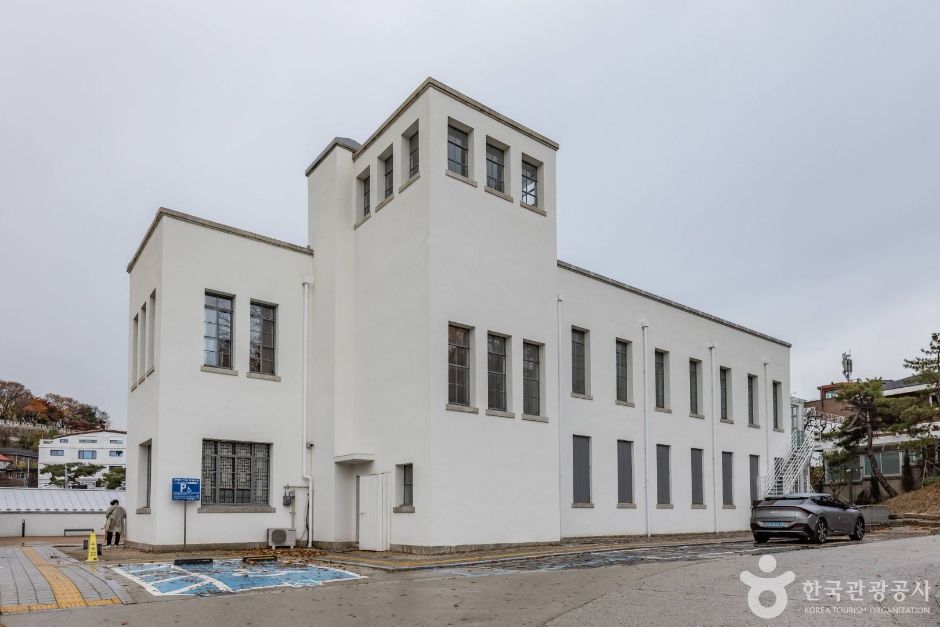

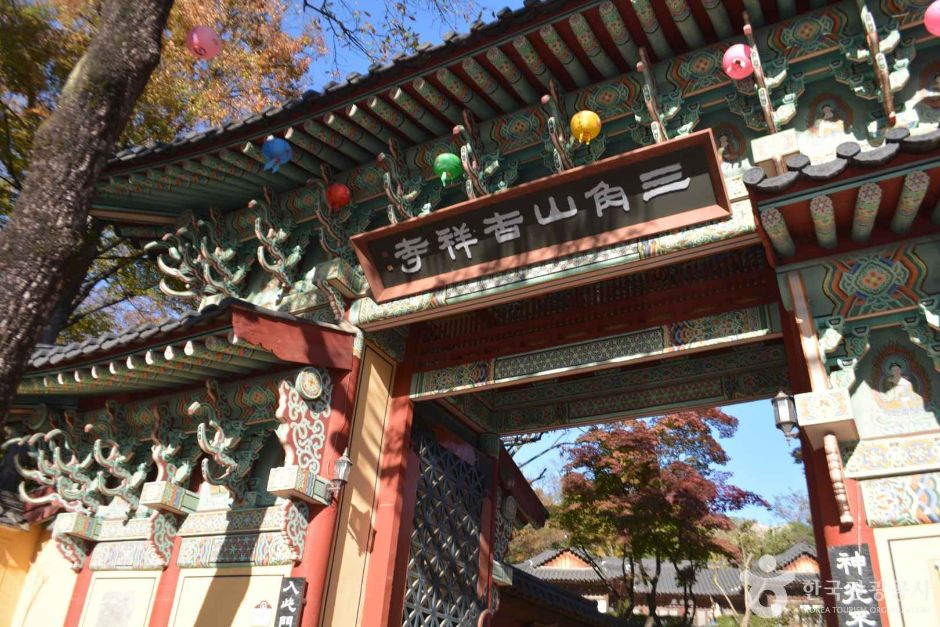
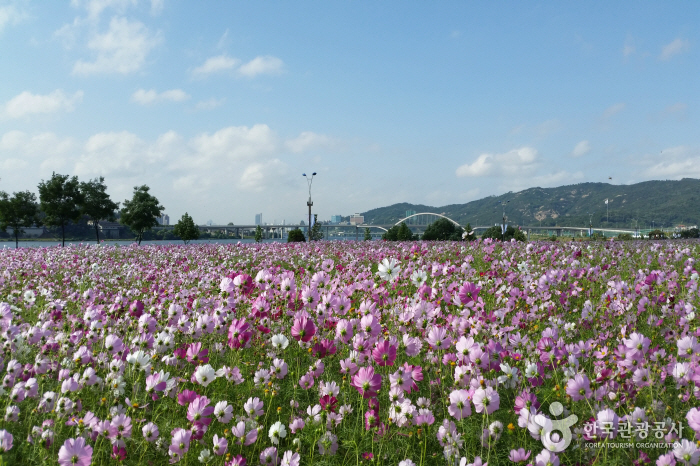
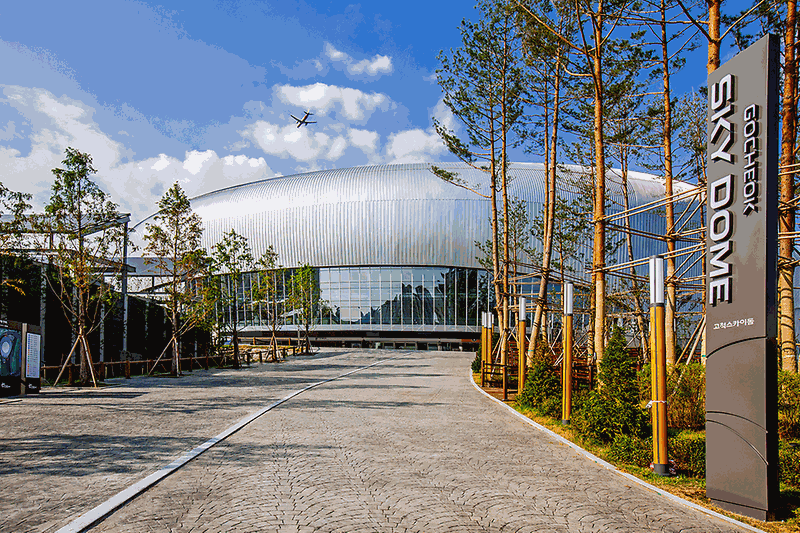
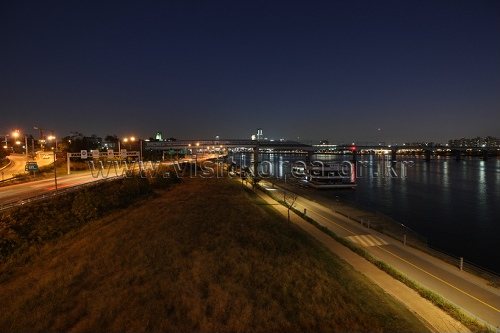
 Русский
Русский
 한국어
한국어 English
English 日本語
日本語 中文(简体)
中文(简体) Deutsch
Deutsch Français
Français Español
Español